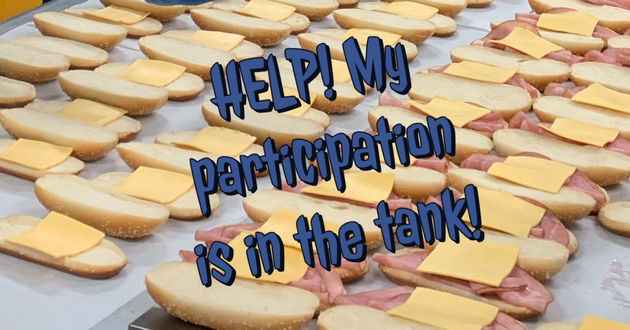
Across the country, school meal participation is down significantly since COVID struck. Your participation may be down so much that you might be panicking. COVID-19 has changed school meal programs for the foreseeable future. These participation declines are not unlike the lackluster participation that many Summer Food Service Program operators traditionally experience.
According to this in-depth article, “A reduction in the number of students participating in government meal programs when schools are closed should be expected, according to research published in the American Journal of Public Health this month. The study found a small fraction of children who rely on free or reduced meal programs during the school year show up for summer meal programs. Those kids may spend summer months hungry.”
While declines are discouraging and concerning, the article also suggested that students may not be accessing school meals because they could be getting food from food banks, had been receiving benefits through the Pandemic Benefit Transfer Program or they previously ate school meals because they were convenient, not for lack of food at home.
The only way to achieve optimal participation levels again is to return to school as normal. Short of that, here are a few operational ideas you can try to help improve your participation:
According to the article, “In this most unusual and uncertain year, there are So. Many. Messages. to market about your program. School meals are safe. School meals are for everyone, regardless of income, regardless of whether you are learning at school or home. They are important to education and well-being. Our school meals are delicious and nutritious. They have value to busy parents. They connect kids with pre-pandemic normalcy. We have an awesome team and we all miss the kids. We still want to engage with our students, no matter where they are, keeping the fun in our program. Plus, there are many logistical updates that parents need to know. Whew!”
We would add, “School meals are safe!” The CDC's Food and Coronavirus Disease 2019 (COVID-19) webpage states, “The risk of getting sick with COVID-19 from eating or handling food (including frozen food and produce) and food packages is considered very low.”
Marketing your program via traditional and digital media is more important than ever. Check out the article and adopt practices recommended by your peers. See our blog post on marketing resources available from NutriStudents K-12 for more ideas.
If you have ideas for how NutriStudents K-12 can support you and your marketing, drop us a line at customerservice@NutriStudentsK-12.com.